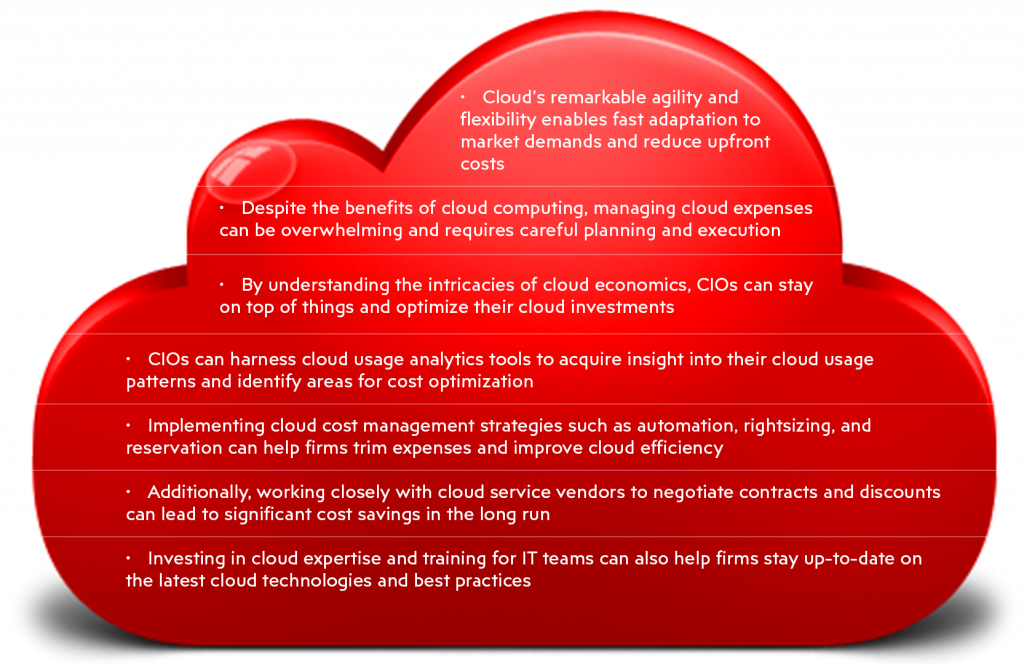In the rapidly changing state of modern businesses, the adoption of a cloud-native approach has proven to be an incredibly effective ploy for firms seeking to remain competitive and agile. With its emphasis on modular, decentralized, and scalable architectures, this cutting-edge paradigm offers businesses the ability to respond rapidly and flexibly to changing market conditions and customer mandates.
Starting with App Modernization & Cloud-Led Agility
At its core, the cloud-native approach represents a revolutionary departure from traditional, monolithic software development models. By breaking applications down into smaller, independent components known as microservices, businesses can more easily adapt to changes in their operational environments, whether those changes come in the form of innovative technologies, shifting regulatory requirements, or evolving customer preferences.
Furthermore, by leveraging the power of cloud computing, businesses can harness the full potential of distributed systems, enabling them to more easily manage complex workloads, scale their operations as needed, and deliver robust and reliable services to their customers. This approach is particularly valuable in the fast-paced world of digital business, where agility and responsiveness are critical factors in achieving success.
Getting Down to Activating Cloud Economics
As a cutting-edge and perspicacious CIO, one must be well-versed in the intricacies of cloud economics. The fundamental concept of cloud economics revolves around the optimization of cost-effectiveness, efficiency, and scalability, which can be achieved through a comprehensive understanding of the underlying factors that govern the cloud and render it profitable. For instance:

To begin with, CIOs must carefully analyze their business requirements and select the appropriate cloud deployment model that aligns with their goals. Whether it be a public, private, or hybrid cloud, each model has its unique cost structure that must be evaluated to ensure optimal cost-efficiency. Additionally, the CIO must evaluate various pricing models, such as pay-as-you-go, subscription-based, and spot instances, to determine the most cost-effective option.
Taking Care of Cost Detours While Putting Cloud-Native Era to Work
Moreover, CIOs must take into account the ongoing maintenance costs associated with cloud infrastructure, which can accrue over time and become a giant expense. By adopting a proactive approach to cloud cost management, CIOs can avoid unforeseen expenses and optimize their investments in the long run.
Another crucial aspect of cloud economics is the ability to leverage cloud-native tools and technologies to reduce operational costs and improve efficiency. Cloud-based automation and orchestration tools enable businesses to streamline their operations and achieve higher levels of efficiency, ultimately reducing costs.
To sum up, cloud economics is an indispensable domain for modern CIOs, who must navigate the complex landscape of the cloud-native era to decipher optimal cost-effectiveness and scalability. By staying abreast of the latest cloud economics trends and exploiting cloud-native tools and technologies, CIOs can unlock the unparalleled potential of the cloud and shepherd prosperity through re-calibrated TCO and ROI.
For all cloud adoption and management, please write to:





